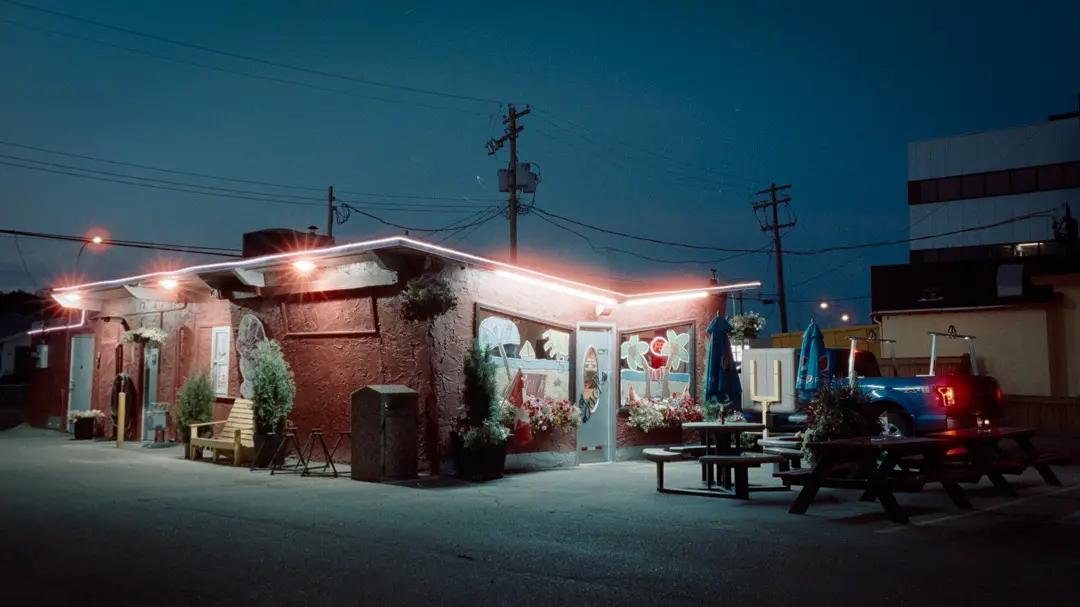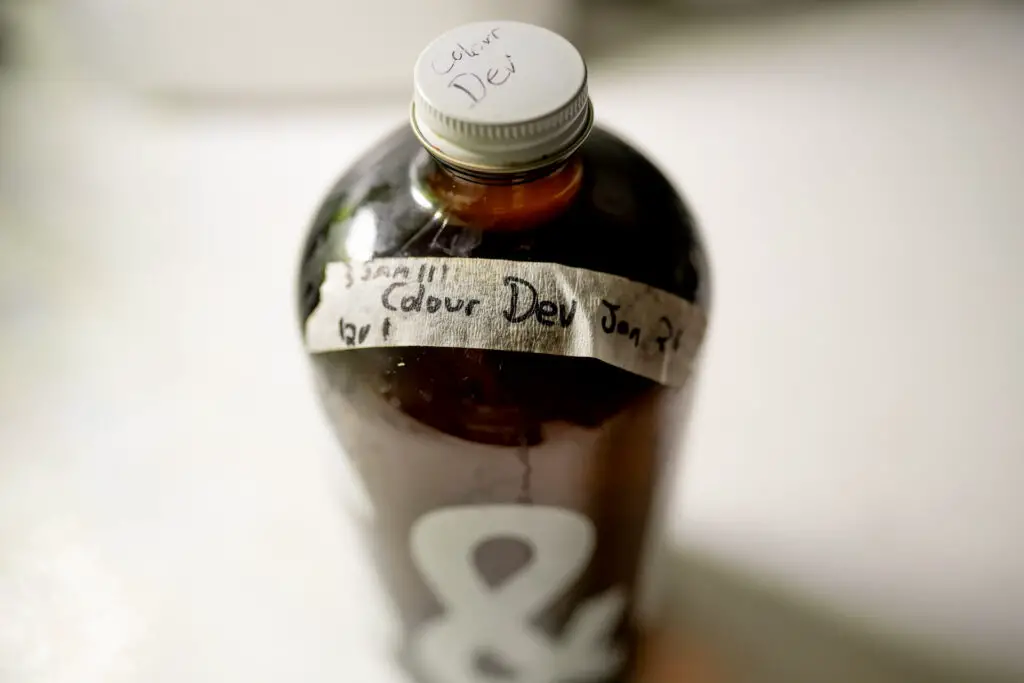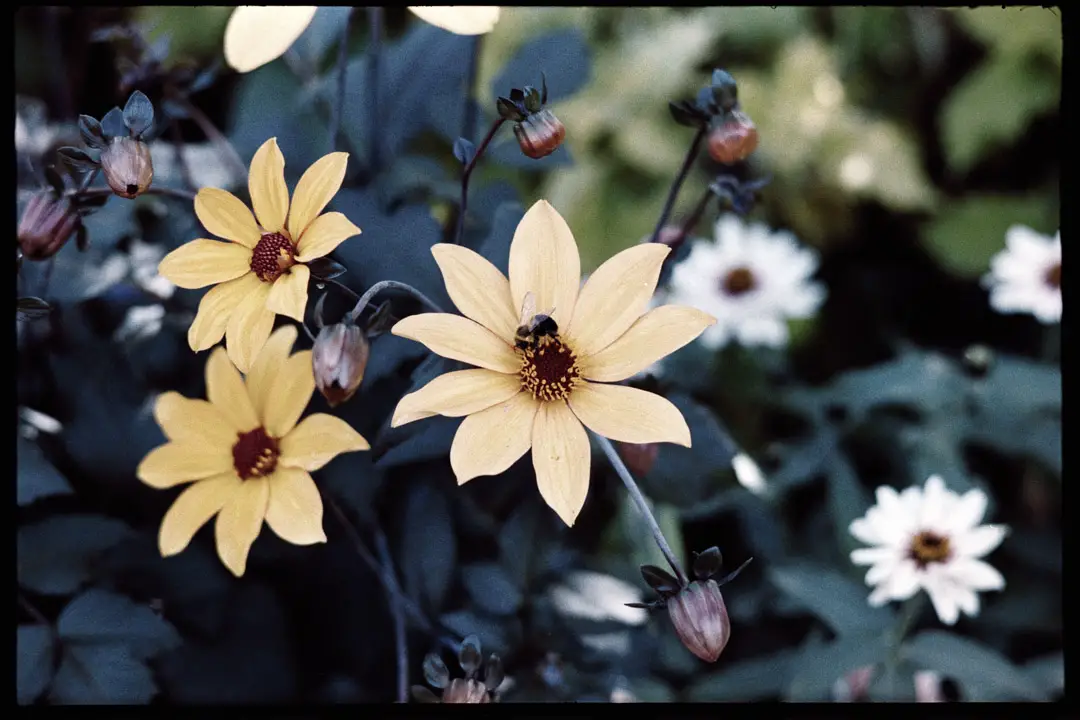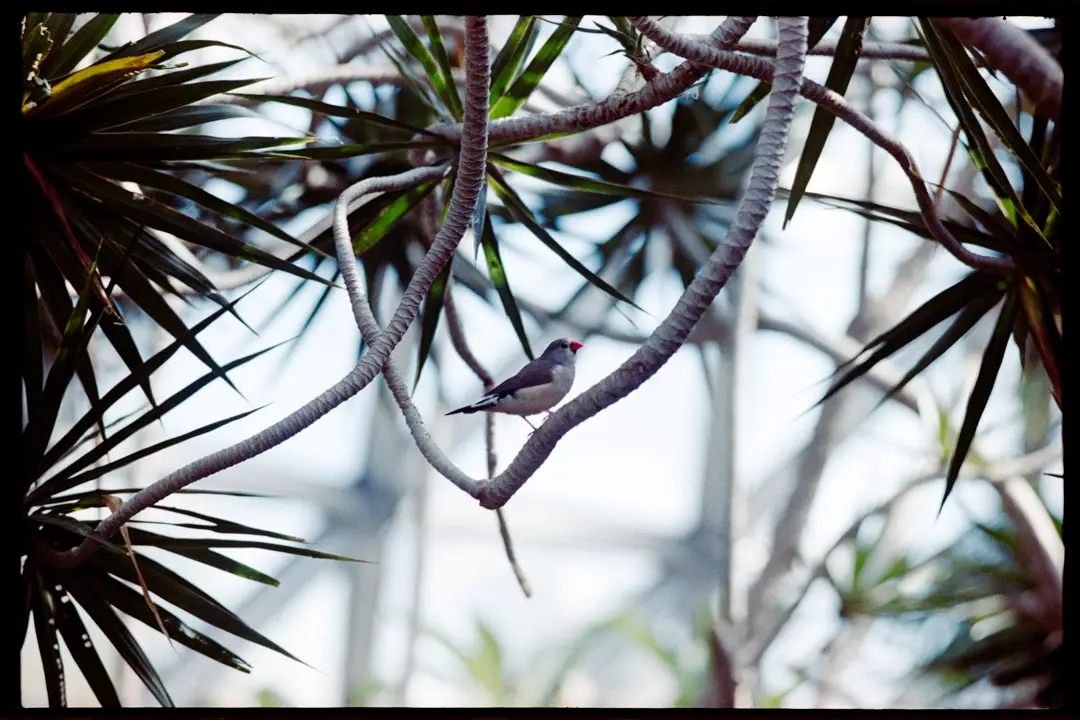If you’ve ever bought a C41 color developing kit to use at home, you’ve no doubt come across Blix. It’s that musky-smelling dark brown liquid that looks and feels like a thick, caustic coffee. It’s the kind of liquid that makes you want to wash your hands after using it — even if there are no spills.
So what exactly is blix?
Blix is a dark brown liquid that contains both the bleach and fix in one convenient solution. The fixer removes the remaining unaltered silver halide grains, while the bleach removes the developed grains, leaving behind only the color dyes that form the colors of C41 film.
Most labs use a separate bleach and fix in an automated system, which makes the two solutions last longer. Home C41 developing kits use blix for simplicity, convenience, and cutting down weight because the kits don’t have the option to replenish the developer for extended capacity like they do at professional labs.
Blix itself is a rather simple solution, containing both Ammonium Thiosulfate (the standard solution in all fixers), Ferric Cyanide (bleach), and a buffer to keep it at the right pH.

Is there a benefit of using blix?
The two solutions work in tandem, although less efficiently than separate solutions. Blix needs 6.5 minutes to complete both processes, while separated solutions typically need 3-4 minutes depending on temperature, age, and concentration of the solution.
But between each of those steps, there needs to be a wash to preserve the solution, adding extra time and using more water than blix.
A standard cycle with separated bleach/fix steps at home can take 15 minutes, while a Blix kit can cut that time in half while using less water overall.
Blix kits are the fastest way to develop film, often taking even less time than developing black and white films. I can process 8 rolls of 35mm film in 2.5 hours using a blix color developing kit and a standard Paterson 2-reel tank, where separated solutions would easily take 4 hours after factoring in all the washing and extra steps.
The only real downside is their limited capacity compared with separated baths — if they had a longer capacity, it would enable users to simply replenish the developer and continue using the solutions to extend the life of the kit.

Do negatives look different when processed in blix?
Many photographers believe that there is a significant difference when using blix instead of separated bleach and fix. So far, I haven’t found any changes in the look of film that could be directly attributed to using a blix kit as opposed to a separated bleach and fix.
The biggest difference will likely come from their developing capacity. Separated solutions will last longer than when combined. For example, the Flic Film color developing kits with separate bleach and fixer can develop the same amount of film with a 500ml kit as a 1L blix kit from Arista, Cinestill, or Tetanal. Blix is very sensitive to minor fluctuations in pH, and can become less effective over time if there is no stop or rinse after developing.
If film photographers use the blix beyond the kit’s stated capacity, they may run into issues with development quicker than if they were using separated solutions.
Personally, I don’t mind using blix kits because the reduction in developing time makes them worthwhile for me. Once I can get a supply of 1L kits from Flic Film in Vancouver (find out where to buy film in Vancouver here), I may switch to separate solutions for the ability to extend the useful capacity.

How to extend the life of blix
The developing instructions for Cinestill/Arista/Tetanal color film developing kits all suggest that it’s possible to use blix right after the developer without a rinse. But the developer is more basic (high pH) and can throw off the pH of the blix, ruining its effectiveness.
To preserve the blix, the best thing you can do is use a stop bath to get the film to the right pH for the blix, which is a weak acid.
But if you don’t use or have stop bath at home, a simple rinse with water will easily extend the useful life of the blix solution.
Not using at least a water bath in-between steps usually results in strange red fringing, or brown stains as the pH of the blix becomes basic.
It’s also important to always store the chemicals properly. The chemicals are reducing agents, meaning they will react with oxygen in the atmosphere and lose their effectiveness over time. The best way to ensure you’re making your chemicals last longer is to use either glass bottles (like the ones above), or storing them in sealed, 1L bottles made of PET, which does not let oxygen through.
Learn more about storing film-developing chemicals here.

Can you bleach bypass with blix?
One downside of using a color-developing kit with blix is that you cannot do a bleach bypass. There is, however, a simple workaround if you’re also stocked up on black and white chemicals.
Blix uses ammonium thiosulfate to fix the film — which is exactly the same fixer used for black and white film. That means you can skip the blix and use any standard B&W film fixer to bleach bypass your film at home. Be sure to complete a stop bath (standard indicator stop will work) or rinse of the film before the fixing with water to ensure there is no contamination between the solutions.
Use fixer for the regular 3-5 minutes depending on capacity. If you don’t like the way the film image look, you can always dunk the film in blix to bleach it later on down the road.
Learn more about bleach bypassing your film with or without a blix kit here.

Final thoughts
Blix kits are convenient for everyday film development at home. They make the entire process a lot easier overall and are great for new film photographers. Once you’ve got the temperature control down for color film, the rest of the process is an absolute breeze.
The speed at which you can develop film with a blix kit makes them extremely convenient. The biggest downside to blix is the capacity. But at this stage, there are no film developing chemical kits for home use that enable users to recharge their developer or other solutions. Sure, you could buy the Kodak Flexicolor kits, but they are more costly, and come with so much solution that the chemicals will expire before you’ve gotten your money’s worth. That is, unless you have your own lab.
For me, it makes sense to continue using blix kits because they are convenient, cheaper than developing at a lab, save on water, and it’s possible to bleach bypass using standard black and white fixer solutions. And I haven’t noticed a single issue with the outcome of negatives when compared to using separated solutions.
Is there anything that you’d like to know about blix that I didn’t cover in this article? Did I get anything wrong? Let me know down in the comments below! I try to respond to every comment that comes across this blog and will continue to do so as it continues growing.
